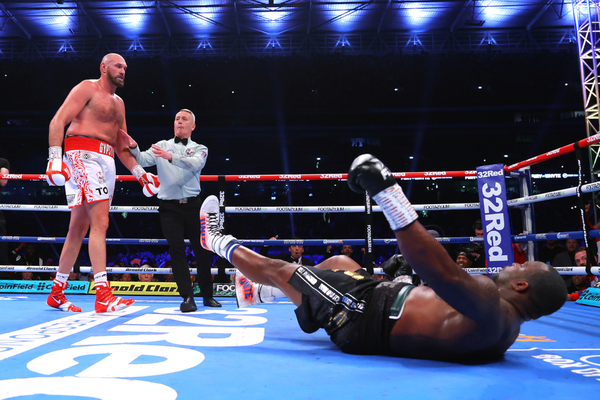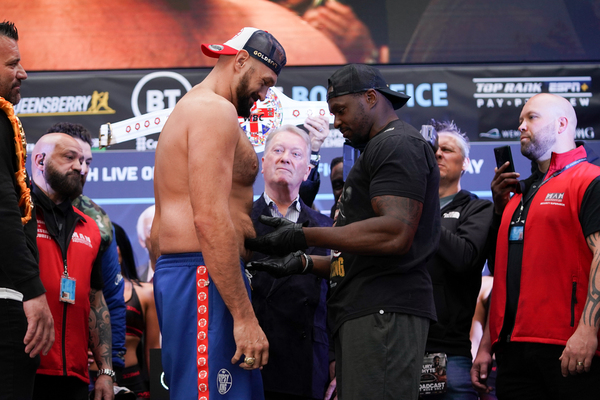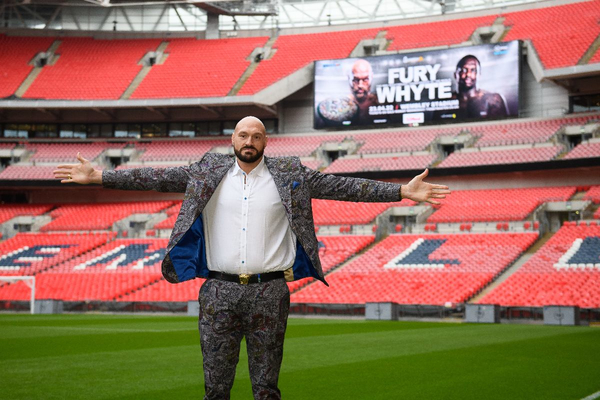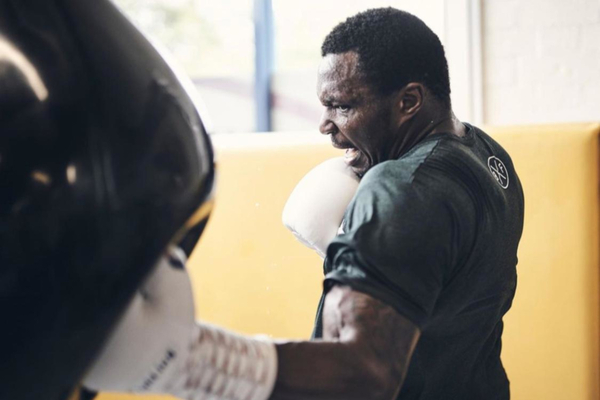The Dillian Whyte mystery: What is an NADP hearing and how does it work?
With very little being said publicly on the pre-fight drug-related issue reportedly surrounding Dillian Whyte, Danny Flexen explains what an NADP hearing is and why one might be held
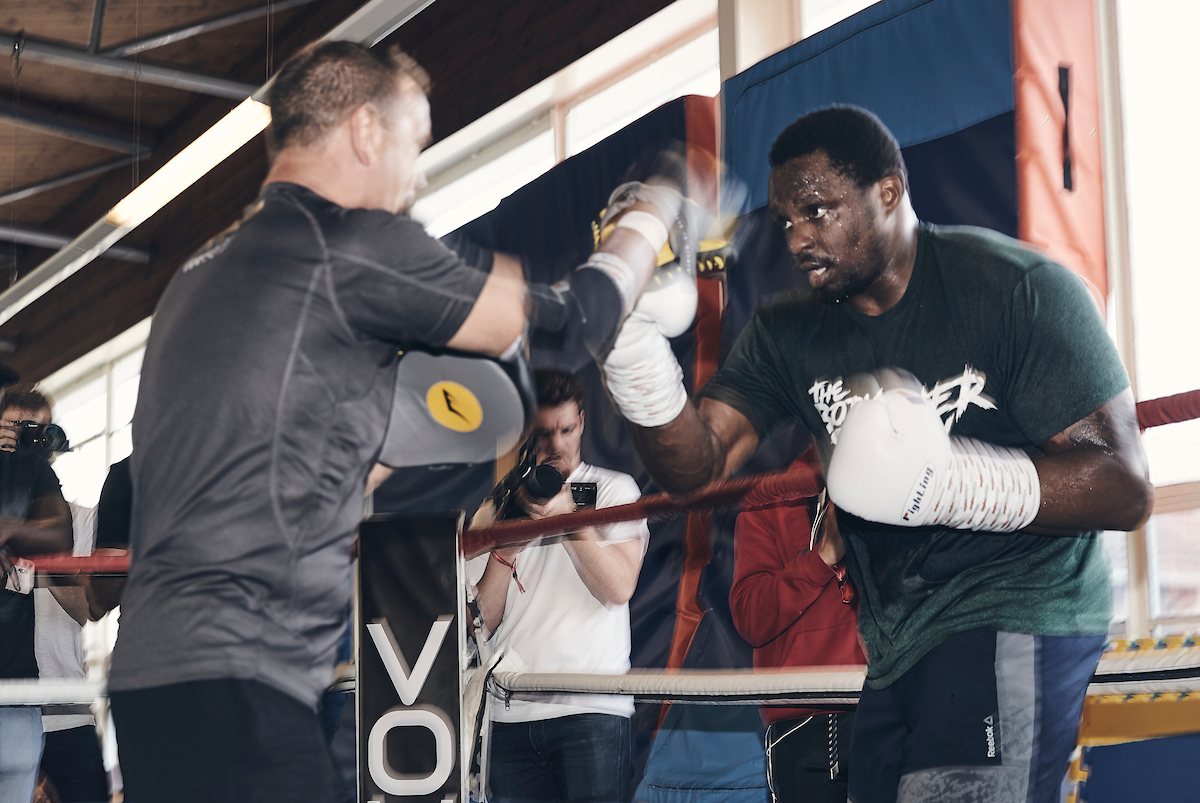
It has been five days now since veteran boxing writer Thomas Hauser first reported that WBC Interim heavyweight champion and mandatory contender Dillian Whyte failed a UKAD (UK Anti-doping)-administered drug test, later clarified by the author as for metabolites of the steroid Dianabol, three days before his thrilling win over Oscar Rivas on July 20. Since then the vast majority of what has been written on the subject has been no more than conjecture and speculation.
To summarise, Whyte issued a very brief statement on social media as both he and promoter Eddie Hearn alluded to legal reasons why they could not elaborate at this time. It was briefly rumoured that Rivas had failed a test of his own, but these were quickly quashed by his promoter GYM. Hearn also admitted that whatever happened with Whyte, it had not been disclosed to Rivas’ team as there was no need for it to be. Crucially, Hearn spoke of a "hearing" Whyte attended - though Eddie was not present - on the morning of the fight that cleared the Londoner to compete.
We reached out to UKAD for comment and the independent panel that arbitrate on their hearings (National Anti-Doping Panel or NADP), but neither were available. Now, IF Hauser is correct that UKAD administered the test that produced an adverse result and IF Hearn is sure there was a subsequent hearing on the matter, then the NADP would be the body that would hold such a hearing. With that in mind, here are some facts you may wish to know about NADP and their hearings (I have emboldened the more salient points).
- What is an NADP?
The National Anti-Doping Panel is an independent body that determines anti-doping disputes in sport in the United Kingdom. Membership of the NADP is made up of a President, eleven legally qualified arbitrators and ten specialist arbitrators, all of whom have experience in high performance sport, sports science and sports medicine. - Can an athlete compete after an adverse test finding?
If a provisional suspension has been levied, an athlete can apply to the NADP to have that lifted to allow them to compete before their hearing. - How does the NADP process work?
If an athlete exercises their right to have their case heard by an independent tribunal, the NADP will appoint three arbitrators to adjudicate your case. The Tribunal will normally consist of a senior solicitor or barrister to chair the tribunal, alongside two other Tribunal members who have specialist expertise in high-performance sport, sports science or medicine. If an oral hearing is required, this will normally take place within 40 days of the case being referred to the NADP, unless otherwise requested. It is sometimes possible to accelerate proceedings and hold a hearing sooner if the matter is urgent. - Is there any public right to view the NADP hearing or know the results?
Hearings are held in private and no members of the press or public are permitted to attend, save for those notified in advance by the athlete or UKAD. The athlete and UKAD are invited to make any opening remarks, and then both parties take it in turns to present their case, with the other party having the opportunity to cross-examine their witnesses. Finally, both parties will be invited to make any closing remarks. The full transcript of the hearing is for the use of the tribunals and the parties and is not made public. The athlete will not receive a verbal decision on the day of the hearing. NADP decisions are provided in writing to the parties within 15 working days of the hearing. - Who is informed of the NADP decision?
The athlete, UKAD, both the national governing body (unclear if the BBBoC would qualify for this in boxing) and the international federation of the sport, and the World Anti-Doping Agency all receive a copy of the decision. - What are the next steps after an NADP decision has been rendered?
After the decision has been sent out, the parties have 21 days within which to file an appeal. If it has been found that the athlete has committed an anti-doping rule violation and no appeal is filed then the decision will be published on the NADP (and normally UKAD) website. If it has been found that the athlete has not committed an anti-doping rule violation then the decision will not be published without permission from the athlete. If, however, an appeal is filed by any of the above parties then the decision will not be published until the appeal has been dealt with.
SecondsOut Weekly Newsletter
Permission Statement
If you accept, we will process your data to fulfil this purpose.
